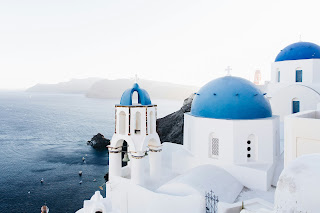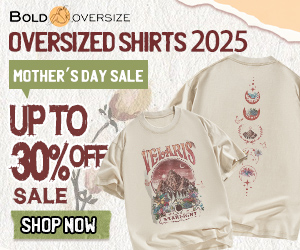The fragrances people wear often reflect more than just personal taste, they embody the spirit of an era. From subtle floral blends in the early 20th century to today’s bold oud-heavy formulations, the story of scent is one of continual reinvention. Fragrance trends are shaped by shifting societal values, the availability of raw materials, and marketing narratives that align with consumer aspirations. These changes not only affect what individuals choose to wear, but also reveal larger patterns about culture, identity, and memory. As the world moves forward, the scents that captivate us adapt in step, leaving behind rich olfactory footprints. Understanding how these trends form and fade offers insight into both commercial behaviour and personal expression.
Popular Fragrance Notes
Fragrance notes are the foundation of any scent. Citrus, woods, florals, spices, and resins are blended in varying proportions to create something that captures a mood or a moment. Certain notes hold broad appeal and are repeatedly featured across time periods. Lavender, for instance, has remained a staple across genders and decades. Amber and musk have experienced cycles of preference, sometimes forming the base of popular scents and at other times taking a backseat to fresher compositions.
Currently, a notable emphasis is placed on smoky, resinous notes and warm gourmands. Vanilla, tonka bean, and saffron are enjoying renewed attention, often balanced with rich ingredients like oud or patchouli. When it comes to experiencing these trending notes firsthand, perfumes from Parfumerie represent a curated lens through which to explore classic and contemporary favourites. These offerings often spotlight evolving preferences without losing sight of craftsmanship. By examining these notes in context, it becomes easier to recognise how they influence choice and attachment.
Celebrity and Influencer Endorsement
The power of celebrity has long been a driving force in fragrance sales. From classic film stars to today’s digital influencers, well-known faces give fragrance brands a recognizable persona. When a beloved public figure endorses a scent, it often gains immediate popularity, even if the composition itself is not especially innovative.
The public perception of the celebrity often becomes tied to the fragrance’s image, influencing buying behavior. More recently, influencers have begun to play a similar role, though often on a more intimate level. Unlike traditional celebrity campaigns, influencer endorsements tend to be conversational, embedded within personal stories or routines. This style of promotion creates a sense of authenticity that resonates with niche markets.
Technological Advances and Synthetic Ingredients
Advances in chemistry and extraction methods have had a major impact on how perfumes are created. While natural ingredients like rose and sandalwood have been valued for centuries, their production can be costly, time-consuming, and ecologically challenging. Synthetic alternatives provide consistency, affordability, and a broader range of possibilities. Molecules like Iso E Super and Ambroxan, which have no direct natural analogs, have introduced new sensory dimensions.
These synthetics often act as amplifiers, lending subtle complexity or enhanced longevity to a formula. They have also played a role in enabling cruelty-free and vegan formulations, aligning with modern ethical preferences. Technological progress doesn’t just improve the raw materials, it also affects packaging, storage, and distribution. Smart packaging that preserves volatile compounds or integrates QR codes for digital storytelling reflects a more tech-literate market.
Environmental Awareness and Sustainability Trends
Consumer awareness around sustainability has reshaped expectations across industries, and fragrance is no exception. Demand for ethical sourcing, recyclable packaging, and cruelty-free testing has led to significant changes in production methods. Brands that once relied on secrecy now share sourcing stories to demonstrate transparency. This shift isn't just about image; it's about aligning with values that consumers are actively seeking.
The resurgence of interest in locally sourced botanicals, biodegradable ingredients, and minimal-waste production processes illustrates a broader commitment to environmental impact. Refillable perfume bottles and traceable supply chains are becoming standard rather than exceptional. At the same time, synthetic molecules are being reevaluated not just for performance, but for ecological safety and sustainability.
Personal Identity and Scent Customisation
Fragrance is a deeply personal choice, tied to memory, mood, and identity. As mass-market options become more abundant, some consumers are seeking ways to stand apart through scent customization. Personalized perfume consultations, layering options, and made-to-order fragrances are answering this desire for individuality. These services allow wearers to take an active role in shaping their scent narrative, blending notes that resonate with their lifestyle, personality, or history.
Rather than conforming to mass-produced profiles, individuals can now access formulations that feel distinctly their own. This trend reflects a broader cultural shift toward personalization in many aspects of consumption, from fashion to media. It also contributes to a sense of ownership and emotional connection to the product. Many boutique perfumeries and online platforms have embraced this model, offering scent quizzes or virtual labs that help users create something unique.
The evolution of scent trends mirrors broader changes in culture, technology, and personal values. The journey of fragrance is far from linear, but it consistently reveals how much can be said without words, through the invisible yet evocative power of scent.











No comments